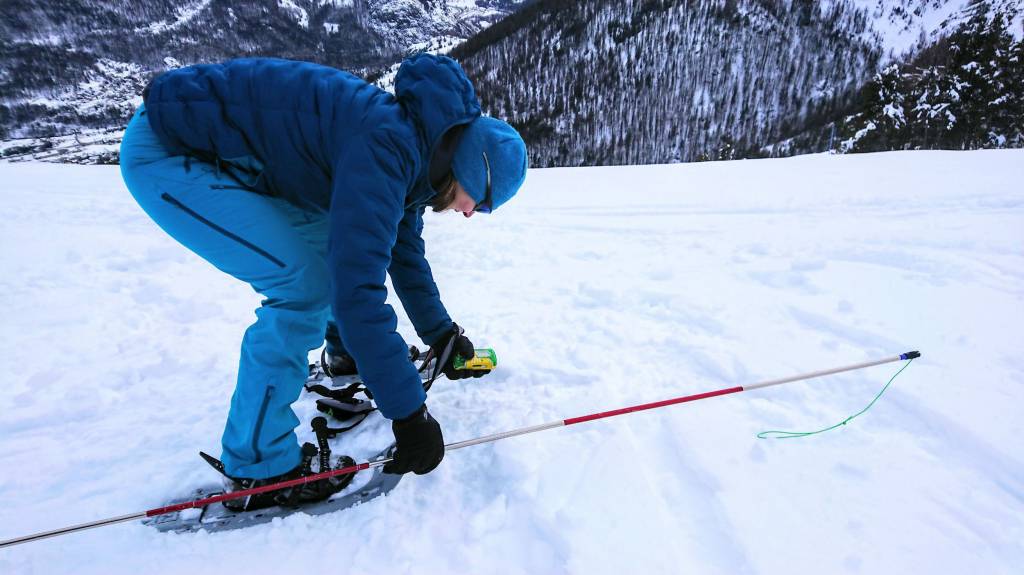Winter Conditions - Extra Considerations
- Posted on
- By Ronan
- Posted in Tips for Winter Walkers, Winter Conditions, Winter Skills

Hiking in winter conditions carries its own challenges. Even experienced walkers need some guidance. Ronan's tips on planning your route will stand you in good stead.
We’ve got snow on the mountains – it's time for some fun! Some cautionary advice before heading out.
Hill Walking In Snow
Winter walking is a magical experience, stunning views and crystal clear air. But without preparation, the necessary skills and correct equipment your magical day on the hill could turn into a nightmare.
Some top tips to keep you safe:
-
Everything takes longer in snow - longer to get there, longer to get ready, longer to cover the ground on foot = plan shorter routes.
-
High roads may be accessible when you get to the hills but a couple of hours of snow, while you’re out walking, will mean you won’t get your car out when you arrive back = approach the hills from low starting points.
-
Don’t take novices with you unless you are highly experienced/qualified and they are properly equipped.
-
Carrying walking axe and crampons is one thing- knowing how/when to use them is another.
-
Avalanches can and have happened on the Irish mountains. There's an entire science to this, keep an eye on our Facebook page for free talks. Keeping it short, avalanches are most common on slopes of 25˚ to 45˚, but can happen at lower angles, particularly with wet snow. Wind will redistribute snow, scouring one side of the mountain and depositing the snow on the other (leeward) side. Keep your route on the wind scoured side of the mountain and avoid steep ground that’s covered in snow.
-
Navigation is much harder in these conditions, even if it’s clear. Tracks will not be visible, features will be buried. Poor navigation will cause delays. This feeds back in to your route planning.
-
Don’t rely on your phone for navigation, batteries die a lot quicker in the cold. Bring a map and compass and know how to use them.
When something goes wrong in the mountains there are usually several errors of judgement or poor decisions that lead up to it.
Planning ahead, being prepared and skilled will help keep you safe.
Pop into our store in the Brockagh Centre, Laragh for advice on current conditions. If we’re not out there in the conditions ourselves, we’re getting feedback from those who are.

